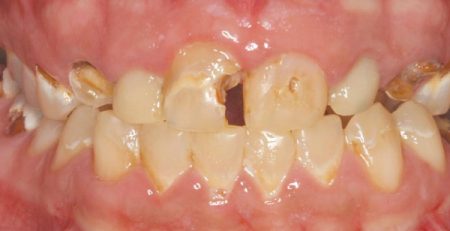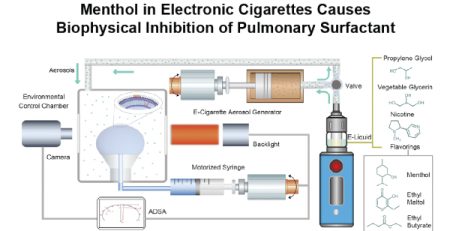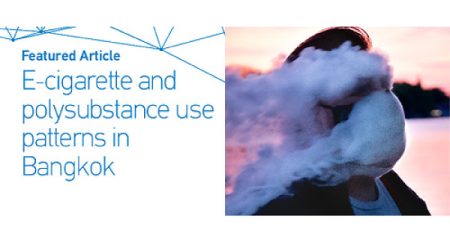Exposure to e-cigarette advertising, attitudes
Exposure to e-cigarette advertising, attitudes, and use susceptibility in adolescents who had never used e-cigarettes or cigarettes BMC Public Health volume 20, Article number: 1349 (2020) Published: 04 September 2020
Lijun Wang, Jianjiu Chen, Sai Yin Ho, Lok Tung Leung, Man Ping Wang & Tai Hing Lam : https://bmcpublichealth.biomedcentral.com/articles/10.1186/s12889-020-09422-w
“Even exposure to low intensity EC [E-cigarette] advertising was associated with susceptibility to EC use in [Hong Kong] adolescents who had never used cigarettes or ECs. The association was weakly mediated by tolerant attitudes towards ECs and the tobacco industry. The government should reinforce the regulations on EC advertising to protect adolescent health.”
Abstract
Background
Tobacco advertisements have been banned in Hong Kong, but low intensity e-cigarette (EC) advertising can still be found in various media outlets. We investigated the associations between exposure to EC advertising and susceptibility to EC use in adolescents who had never used cigarettes or ECs, with potential mediation by attitudes towards ECs and the tobacco industry.
Methods
The School-based Smoking Survey 2016/17 assessed exposure to EC advertising in the past 30 days, attitudes towards ECs and the tobacco industry, susceptibility to EC use, and other covariates. Generalised linear mixed models and multiple mediation analysis methods were used in data analyses.
Results
Among 7082 students (mean age 14.9 years), 28.8% reported exposure to EC advertising. Exposure was associated with being uncertain about the harm of EC use, being tolerant towards ECs, believing the tobacco industry is respectable, and being susceptible to EC use; the magnitudes of these associations increased with the number of types of advertising exposed (0, 1, and ≥ 2) (all p-values < 0.01). These attitudinal factors were in turn associated with EC use susceptibility (all p-values < 0.001). The perception that tobacco companies make youth smoke was not associated with the advertising exposure or EC use susceptibility. Of the total effects of EC advertising on use susceptibility, only 16.6% were mediated by attitudinal factors: perceived harm (3.1%), attitudes towards ECs (8.2%), and attitudes towards the tobacco industry (4.9%).
Stephen Hamann












